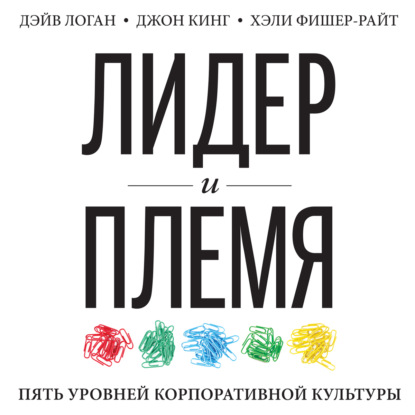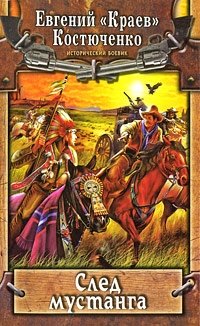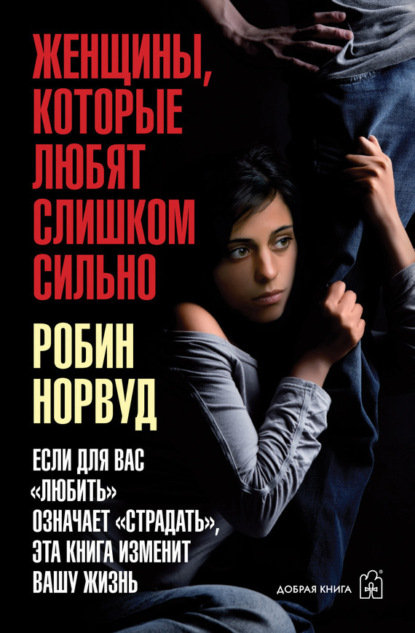Excerpt from The Scottish Medical Surgical Journal, Vol. 6: January to June
Diseased processes may strike at the whole or at any part of this neuron, and may be of very varying character. Any lesion involving the anterior horns of the cord (or the corresponding motor cerebral nuclei) which destroys the cell, destroys at the same time the whole neuron, because the cell is its trophic centre, and produces for a like reason rapid atrophy in the muscle. Or it may be that the axon running in the peripheral nerve may alone be affected, the result usually of pressure, wounding, or other local cause. Or, finally, the neuron may be attacked as a whole, by the toxines of disease, by the products of faulty metabolism, or by some metallic, alcoholic, or other extraneous poison.
But whether it be the neuron as a whole which is attacked, or the cell in the cord, or only the motor nerve in its course, the result as to motor symptoms is very similar. And these motor phenomena, familiar to you from the study of many cases during this winter, are briefly as follows: -
The muscles innervated by the affected neuron are removed from the influence of the will: they are paralysed. And, owing to the fact that their trophic centres lie in the cells of the lower neuron, the muscles rapidly atrophy, and for a like reason they lose their tonus and become flaccid. The reflex loop being destroyed by the lesion in the neuron the deep reflexes are lost. And, finally, there is present that curious phenomenon first described by Erb, the reaction of degeneration. This reaction, highly important in regard to diagnosis and a valuable guide to prognosis, is also useful, as you will presently see, in relation to treatment. Stated briefly, its features when fully developed are as follows. The nerve when stimulated by the galvanic or by the faradic current gives no response, i.e. no muscular contraction follows. Nor does any contraction result from the application of a faradic stimulus over the muscle itself.
About the Publisher
Forgotten Books publishes hundreds of thousands of rare and classic books. Find more at www.forgottenbooks.com
This book is a reproduction of an important historical work. Forgotten Books uses state-of-the-art technology to digitally reconstruct the work, preserving the original format whilst repairing imperfections present in the aged copy. In rare cases, an imperfection in the original, such as a blemish or missing page, may be replicated in our edition. We do, however, repair the vast majority of imperfections successfully; any imperfections that remain are intentionally left to preserve the state of such historical works. Это и многое другое вы найдете в книге The Scottish Medical Surgical Journal, Vol. 6 (William Russell)















